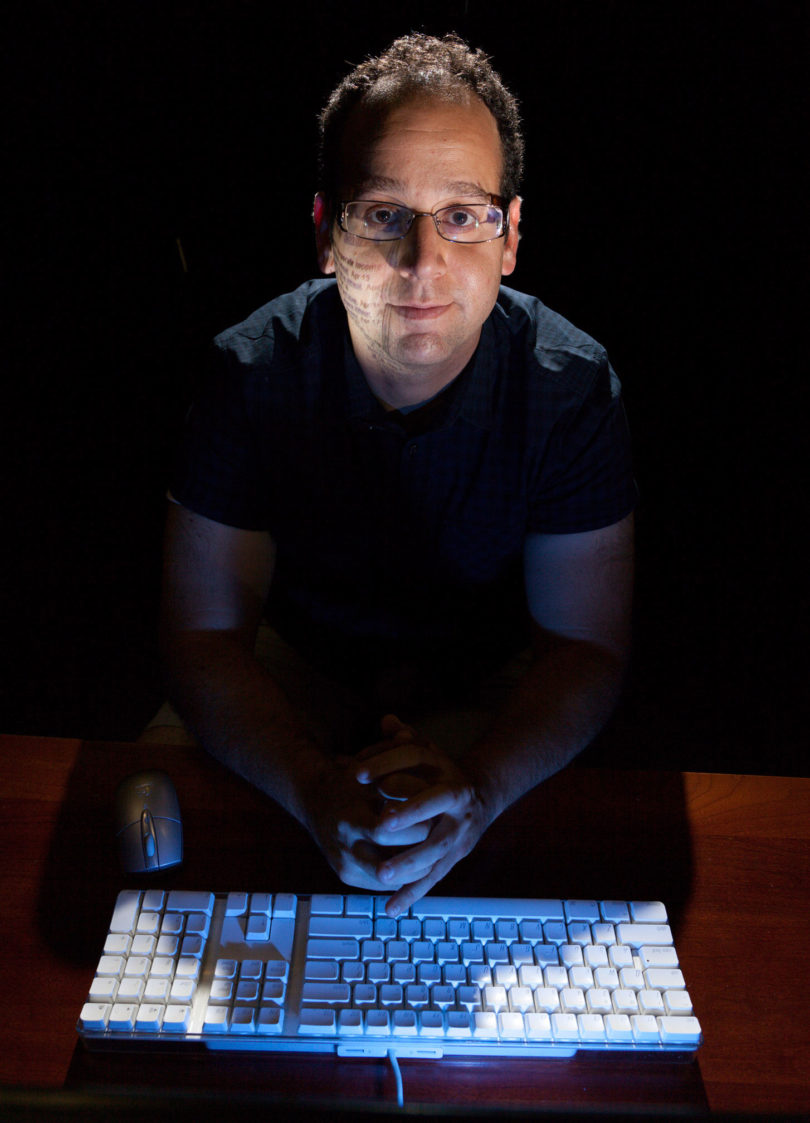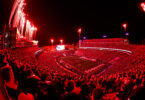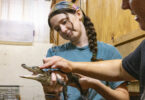Athens, Ga. – Most Twitter conversations have a distinct structure-forming one of six shapes-and the way these conversations form on Twitter depends on what is being discussed, according to new research from the University of Georgia.
UGA assistant professor Itai Himelboim worked with the Pew Research Center and Social Media Foundation to identify six recurring message patterns. Even with only 18 percent of U.S. Internet users actively tweeting, the crowds that connect through these platforms do so in predictable ways.
Understanding how people connect in this arena can help researchers determine public opinion, he said. Social network mapping can also identify and highlight key people in influential locations in a discussion network.
“By looking at things through the lens of social networks, we are using new tools to examine the world,” Himelboim said. “Our belief is that this kind of work complements and enriches the understanding people get from more traditional research methods like surveys, focus groups, from ethnographic studies and even sentiment analysis counts of social media content.”
Authors mapped Twitter conversations using an open tool called NodeXL to identify tweets by keyword and chart out how they connect to one another. These maps recognize the difference between “isolates,” or people who tweet about something but don’t connect to others, and conversation groups. The new maps can define the shape of a conversation and inform businesses of the shape their message has and how to change it.
The research found political commentary on Twitter happens among “polarized crowds.” These are two separate groups with opposite opinions that don’t connect to one another.
“In polarized crowds, typically triggered by controversial political issues, users interact with like-minded users, receive their information from sources they agree with and link to websites that support their opinions,” said Himelboim, an assistant professor of telecommunications in the Grady College of Journalism and Mass Communication and a co-author of the report. “It reminds me of ‘high school politics’-we don’t talk with you, we don’t listen to you, but we definitely talk about you.”
The five other community structures explain other phenomena: They show how tight communities form around a common passion, how global news creates clusters of different conversations, how celebrities generate small numbers of separate conversations and how support communities and broadcast-style structures emerge in different circumstances.
Conference participants often find themselves in “tight crowds” where clusters of conversations occur among like-minded communities. These groups form around professional topics or hobby groups and show how sharing and mutual support can be facilitated through social media.
Celebrities are discussed in “brand clusters,” identified as groups of people with no connection to one another but who are all tweeting about the same thing.
“Community clusters” discuss global news. These groups form around a few hubs with their own audience, information sources and influencers. These clusters can reveal the diversity of opinion and perspective on a social media topic.
News media using Twitter to push out breaking news create “broadcast network” structures when their news is retweeted by other people. These networks are viral agenda setters and conversation starters in the new social media world.
Customers reaching out for product or service support belong to “support networks.” These define businesses that use Twitter messages to manage customer issues with products and services. Authors suggest as government, businesses and groups continue to provide services and support through social media, this conversation structure can serve as an important benchmark for evaluating performance.
“One of the main insights of this work is that each of the network structures has an opposite,” Himelboim said.
The structures defined above can be divided into pairs: Divided “polarized crowds” contrast unified “tight crowds”; fragmented “brand clusters” contrast relatively cohesive “community clusters”; inward-facing hubs and spoke “broadcast networks” contrast outward facing “support networks.”
Researchers on the study include Himelboim, UGA Social Media Research Foundation director Marc Smith, University of Maryland professor Ben Shneiderman and Pew Research Internet Project director Lee Rainie. A summary of the research findings is available at http://www.pewinternet.org/2014/02/20/mapping-twitter-topic-networks-from-polarized-crowds-to-community-clusters/.








